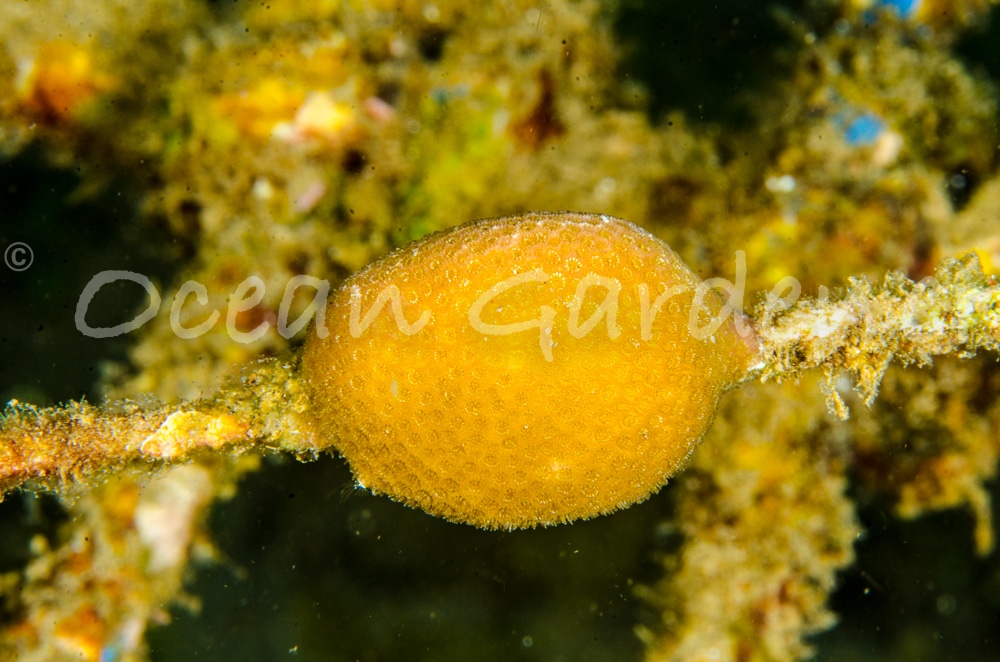With over 20 years of coral planting experience and a background in marine aquaculture, we’ve consistently sought efficient solutions for large-scale coral production for coral reef restoration. Here is one of trials that have yielded good results.
What is micro-fragmentation?
Micro-fragmentation involves sectioning corals into small fragments of 1 to 5 polyps using a specialized band saw. This technique stimulates rapid tissue growth, resulting in clonal expansion at 25 to 50 times the normal rate.
Micro-fragmentation accelerates coral growth by triggering a robust healing response. When corals are sectioned into small fragments, they prioritize tissue repair, leading to rapid cell division and regeneration. This process also increases the surface area to edge ratio, enhancing nutrient uptake and gas exchange, which further fuels tissue growth. In essence, this technique manipulates the coral’s natural healing mechanisms, effectively stimulating rapid tissue growth and resulting in growth rates far exceeding those observed in natural conditions.
While the term gained popularity on social media due to land-based operations in Florida utilizing reef aquarium equipment, these facilities cultivate fragments under controlled conditions under artificial lights and in tanks. The resulting coral fragments are then allowed to recover and grow to a suitable size before transplantation onto natural reefs.



What is in-situ micro-fragmentation?
Ocean Gardener has adapted micro-fragmentation for direct in-ocean application, eliminating the need for pumps, lights, or external energy sources beyond basic maintenance. Despite prolonged water temperatures exceeding 30°C, the results have been remarkable. This simplified approach can be implemented from any beach or boat worldwide, directly on the reef, yielding impressive outcomes.
This is essential to keep things simple and low cost so it can be applied to developing countries like Indonesia where resources are more limited.


Fragmenting corals directly in the ocean poses significant challenges due to the vulnerability of small coral pieces. Under a certain size, they often fail to survive, succumbing to algal or sponge overgrowth, predation, or competition from other corals. The reef environment is harsh for juvenile corals. In contrast, controlled laboratory settings mitigate these risks, providing a safe environment for coral growth.

What did you do unique to OG? How did you limit space? Was it constant cleaning?
By limiting the space for algae, sponges or predators, to settle in, and by giving the corals the best possible spot on the reef, the corals can focus all their energy into growing. And this is what Ocean Gardener just achieved. By thinking ‘outside the boxe’ they came up with a simple solution, to just start Micro-fragmenting corals directly on their nursery. And this at a very low financial and energetic cost. In a way accessible to the most remote area of the world.
Is micro-fragmentation the missing tool in coral restoration?
Traditionally, reef restoration has focused on fast-growing Acropora species. However, the in-situ micro-fragmentation technique presents an opportunity to diversify restoration efforts by integrating slower-growing corals, resulting in more natural and resilient reef ecosystems.

Consider supporting our coral restoration research efforts with a donation. Aside for creating nurseries, we want to keep searching for more efficient techniques that can be applied to the unique context in Indonesia to supercharge our coral restoration efforts.